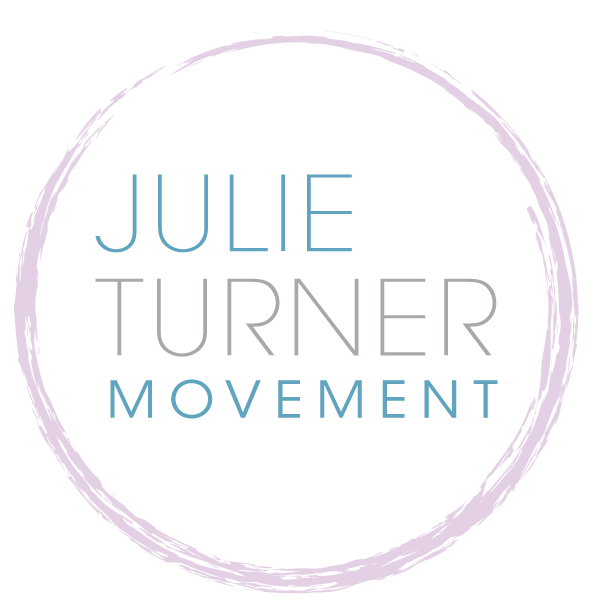Your aches and pains may be caused by this part of your body you’ve probably never heard of
You probably clicked on this post because you want to know if there's a better way to manage soreness, aches, and body pains.
First off, do any of the following apply to you?
You sit a lot at work and often hunch over a computer.
You're stressed and busy, so you often "run the circuit" of a predictable daily routine from place to place, thing to thing.
Physically speaking, you do a lot of repetitive movements such as picking up, putting down kids, typing, or cleaning.
You have new or old injuries that tend to affect how you move around.
Your muscles, neck, or back often feel tight or even painful.
You regularly feel fatigued or get tired during the day easily.
If one or more of these things does apply to you - and you want to fix it - you might need to pay attention to a little-known part of your anatomy called "fascia."
What is the fascia anyway?
You might not remember it, but you probably heard of fascia while dozing off back in your middle or high school anatomy class.
That's ok, as strange words like this get forgotten easily.
Johns Hopkins Hospital defines fascia as:
"Fascia is a thin casing of connective tissue that surrounds and holds every organ, blood vessel, bone, nerve fiber and muscle in place. The tissue does more than provide internal structure; fascia has nerves that make it almost as sensitive as skin. When stressed, it tightens up."
Since these tissues intertwine all your muscles, bones, and organs, things you do in everyday life can turn this tightening into chronically painful problems like:
Muscle knots
Inflammation and edema
Joint pain and soreness
Back and neck pain
Fascia tissues connect everything in the body - literally. That means repetitive motions, a lack of physical activity, or activities that are more impactful on one area of the body versus another cause fascia to get tweaked and out of alignment.
More than the specific aches and pains mentioned above, out-of-whack fascia also causes general fatigue and tiredness.
How to fix your fascia pains without pharmaceuticals
Too often, busy humans reach for pill bottles to address pain when other alternatives exist that are non-addictive and good for us long-term.
Specifically, the best way to reduce aches and pains derived from an out-of-balance fascia is simply by moving your body in the right ways.
As mentioned, fascia interacts with almost everything in your anatomy, but it does so along specific lines and pathways.
These lines connect certain body parts to others and create specific pathways for healthy movement patterns. You create better harmony in your body when you focus on healthy, three-dimensional movements along these fascia lines.
Activities that move your body in three dimensions are those that require balance, strength, and flexibility like:
Pilates
Yoga
Martial Arts
Dance
Stretching
Regularly active in one or more of these ways allows your lymph to move more freely, inflammation to decrease, and pain to lessen. The right movement also lubricates and adds more fluidity to your joints instead of more strain.
Keeping your fascia healthy and in balance gives you a chance to lower your pain over the course of your life.
Pills may dull the pain immediately, but they only treat symptoms and don't address the root causes of pain. Plus, the impact of painkillers on other parts of your body and the potential of developing a life-altering dependency.
Finding a knowledgeable instructor is the best way to get this type of movement into your pain management routine. Find someone who knows how the fascia interacts with your muscles during a workout.
It's your best chance at feeling truly good in your body.
Need help getting started with fascia-helping movement?
Reach out to me today for a free video consult. I’ll show you how to work healthy, balanced movements into your daily routine. Here are some free videos too!
Fascia tissues explained by exercise therapist Julie Turner.
A deeper understanding of fascia tissues by Julie Turner.

